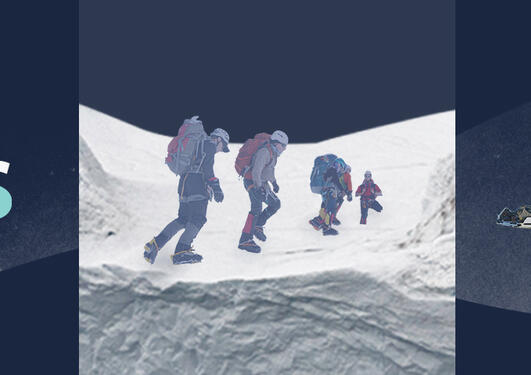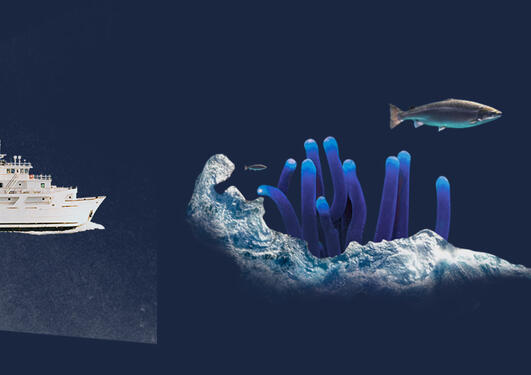The supervisor team
Aina-Cathrine Øvergård has been working with fish immunology and fish diseases since 2009, and for the last 9 years salmon louse has been the main pathogen of interest. In her research, the host-parasite interaction has been in focus, with an emphasis on how the louse modulates the immune response of the salmonid hosts. This by combining histology and microscopy techniques with RNA interference and transcriptional analysis.
Christiane Eichner has been working with salmon lice since 2004 with a focus on salmon louse biology. Her main interest is in generating a deeper understanding of the development of the louse and the host-parasite interactions on a molecular level both to generate better knowledge of copepod biology in general and as an applied tool to find new targets for vaccines or other treatments to combat the louse. Among others, she is working with transcriptomic analyses and RNA interference.
The research group
The Sea Lice Research Centre has broad experience in salmon louse research. Different techniques aimed at lice and fish biology are established. This applies both to molecular biology methods as well as to experimental challenges. Group members are skilled in diverse molecular techniques and are highly experienced in handling fish and lice. The group consist of 14 members, with frequent meetings for knowledge exchange. The group is also connected to the Computational Biology Unit (CBU), UiB.
Infrastructure and research environment
BIO is located at Marineholmen, which is a leading marine research cluster where education, research, innovation and business are co-located (Marineholmen - A Marine Powerhouse | Marine | UiB). The research group is located at the Bergen High-Technology Centre. It has both well-equipped molecular biology laboratories for DNA, RNA and protein work and a sea lice research established wet laboratory (LiceLab). Access to laboratories from BIO for diverse techniques is assured. Different lice strains ensure continually accessibility to lice from all stages and different fish tanks for various experimental setups. It is besides co-located with the Industrial- and Aquatic Research Laboratory (ILAB) having wet laboratories with additional fish tanks.
Research topic for the postdoctoral fellow
The research fellow will be connected to the ongoing “Salivax” project, which has the aim to investigate new strategies for a salmon louse vaccine. There will be possibilities for experimental work with lice and fish as well as in vaccine development both practically and bioinformatically.
Possibilities for collaboration with national/international research environments (e.g., for shorter visits)
Shorter visits to NMBU, Canada or Copenhagen can be a possibility.
Possibilities for collaboration with the industry
The project has no industry collaboration. If a vaccine is developed, collaboration with the industry will be established.

